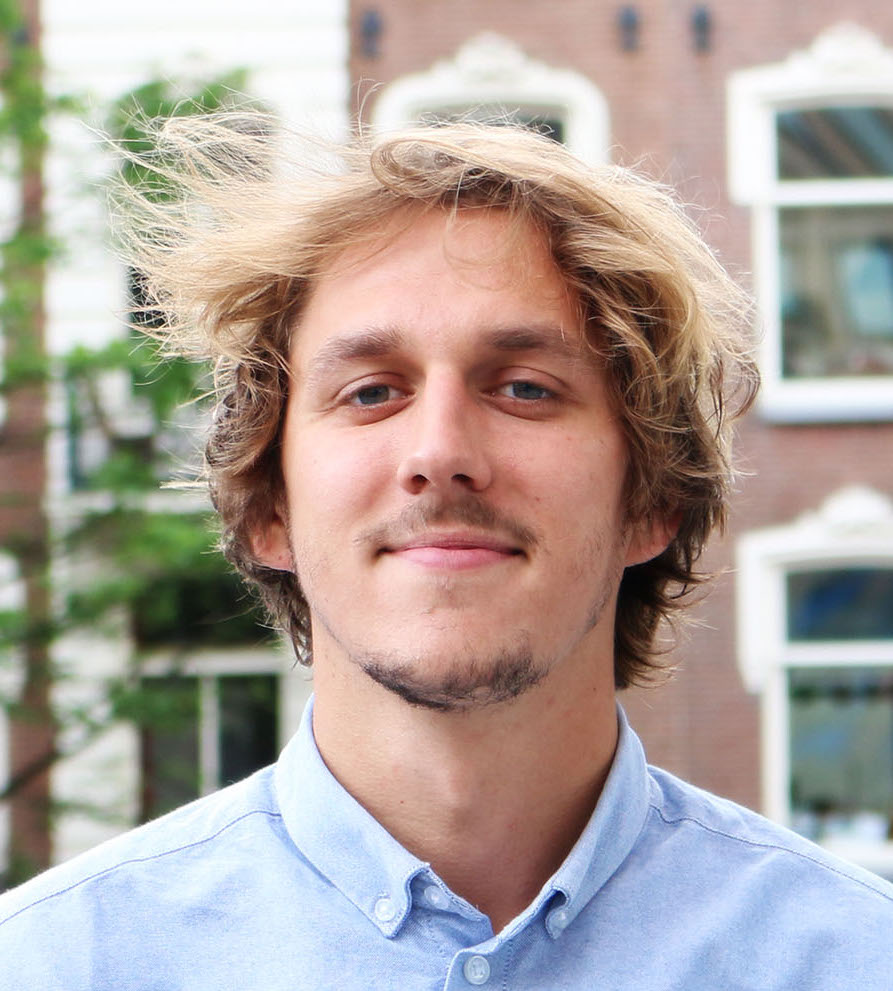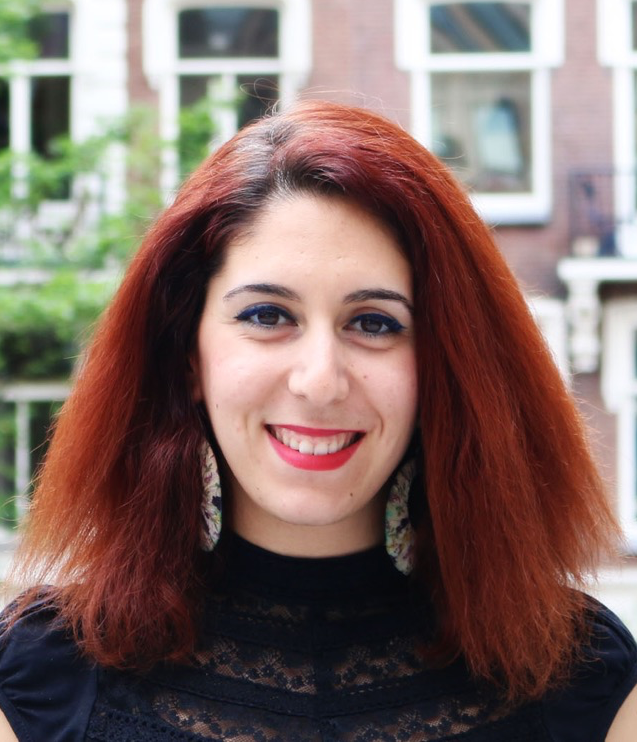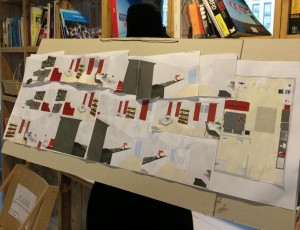Filming Days
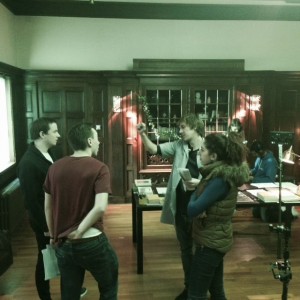 The weekend of the 28th and 29th of November was the peak moment of our entire creative since those days were our shooting days. Everything done until that moment was to prepare the ground and be ready for any kind of problems and changes. The pre- production phase from the long scripting sessions, the room 3D sketching, the VR research, the call sheets, the meetings and the endless emails about a variety of matters to the scenes’ simulation and props hunt, it was an amazing ride. However, the smoothness of the filming days showed that we were lucky because we had a combination of opportunity and preparation. Everything went even better than expected, the crew was in tune, the actors were in the right mood (especially our rising star Martjin) and the sets were so beautiful that helped us create the best atmosphere during shooting. People were moving up and down but a sense of harmony and coordination prevailed since everyone knew his/her duties and responsibilities.
The weekend of the 28th and 29th of November was the peak moment of our entire creative since those days were our shooting days. Everything done until that moment was to prepare the ground and be ready for any kind of problems and changes. The pre- production phase from the long scripting sessions, the room 3D sketching, the VR research, the call sheets, the meetings and the endless emails about a variety of matters to the scenes’ simulation and props hunt, it was an amazing ride. However, the smoothness of the filming days showed that we were lucky because we had a combination of opportunity and preparation. Everything went even better than expected, the crew was in tune, the actors were in the right mood (especially our rising star Martjin) and the sets were so beautiful that helped us create the best atmosphere during shooting. People were moving up and down but a sense of harmony and coordination prevailed since everyone knew his/her duties and responsibilities.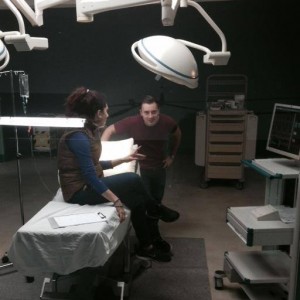
Filming with a 360 camera is a different experience from the one we see behind the scenes in Hollywood films. People who stand behind the cameras and observe the scene’s progress is something impossible to see with in Virtual Reality shootings. When the director starts rolling, the crew along with himself should have already gone outside. Thus, the performers are left alone in the room until the director shouts “Cut!” and then everyone swarms back in order to proceed to the next scene. The risk of losing a scene or having an unsuccessful one is something possible but impossible to control when the camera starts rolling. Fortunately, most of the footage turn out to be efficient in terms of quantity and quality.
Overall, filming in VR was amazing that taught us a lot about the newly emerging medium but also gave us a good experience on how crew and cast can collaborate in a professional but also entertaining way.



